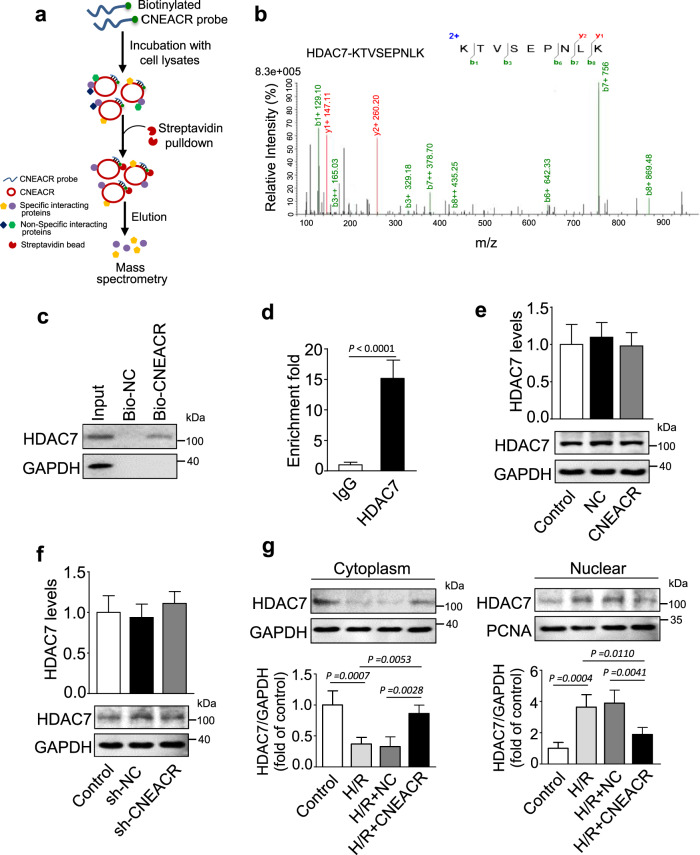Fig. 4. CNEACR binds to HDAC7 and affects its nuclear import.
a A scheme showing the detection of CNEACR binding proteins using biotinylated CNEACR pull-down assay in isolated neonatal mouse cardiomyocytes. b Identification of CNEACR binding protein (detected HDAC7) using LC-MS/MS. c In cardiomyocytes, RNA pull-down assay was carried out using biotinylated CNEACR (Bio-CNEACR) or negative control (Bio-NC) and western blot analysis showing CNEACR binds with HDAC7 protein (n = 3 independent experiments). d RNA immunoprecipitation using HDAC7 specific antibody followed by qPCR analysis showing CNEACR enriched in HDAC7 fraction (n = 4 independent experiments). e The levels of Hdac7 mRNA (upper) and protein (lower) in cardiomyocytes overexpressing CNEACR or negative control (NC) (n = 3 independent experiments). f Expression levels of Hdac7 mRNA (upper) and protein (lower) in cardiomyocytes infected with adenovirus harboring CNEACR shRNA (sh-CNEACR) or negative control (sh-NC) (n = 3 independent experiments). g The subcellular distribution of HDAC7 in H/R injured cardiomyocytes infected with or without adenoviral vector carrying CNEACR or negative control (NC). Representative western blots (upper) and statistical data (lower) (n = 4 independent experiments) showing the expression of HDAC7 in the cytoplasmic or nuclear fractions. PCNA and GAPDH were used as an internal control for nuclear and cytoplasmic fractions, respectively.

